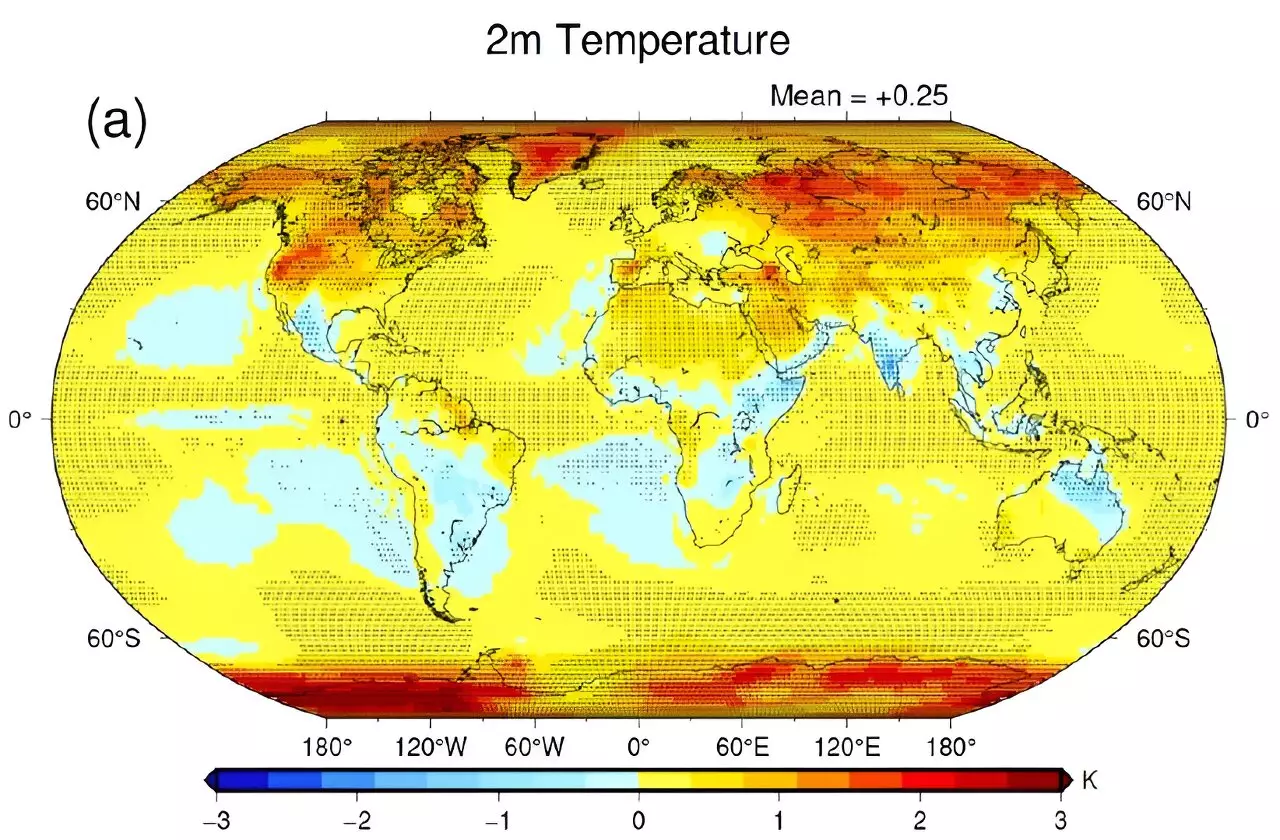Climate modeling is a complex process that involves various metrics to understand and predict changes in our climate system. One of the key metrics used in climate modeling is radiative forcing, which helps scientists analyze the effects of different atmospheric factors on the Earth’s energy balance. However, there are many uncertainties in current climate models, especially when it comes to factors like clouds and precipitation.
While most climate models focus on the radiative effects of atmospheric factors like clouds, precipitation is often treated diagnostically in these models. The radiative effects of precipitation (REP) are often excluded from conventional General Circulation Models (GCMs), leading to uncertainties in the simulations. A recent study led by Associate Professor Takuro Michibata from Okayama University aimed to investigate the impact of REP on radiative forcing at different geographical scales.
Research Findings
Dr. Michibata and his team utilized three sub-versions of the Japanese GCM, MIROC6, to quantify the influence of precipitating particles on the Earth’s radiation budgets and hydrological cycles. Their study found that REP not only affects local thermodynamic profiles but also remote precipitation rates and distributions by altering atmospheric circulation patterns. The inclusion of REP in the GCMs led to a reduction in net shortwave radiation and an increase in net longwave radiation, especially in the Arctic region.
Implications of the Study
The study highlighted the significance of including REP in climate models to improve the accuracy of simulations. By considering the radiative effects of precipitation, researchers can better understand temperature and precipitation changes on both global and regional scales. The study also emphasized the impact of REP on the Arctic amplification, showcasing the importance of accurate climate models in predicting future climate change and extreme weather events.
Moving forward, the inclusion of REP in GCMs can help reduce uncertainties in climate modeling, particularly in simulating the Arctic climate. Understanding the process-level mechanisms of REP will be crucial for improving future climate models and enhancing the accuracy of predictions. Dr. Michibata’s study provides valuable insights into the importance of considering the radiative effects of precipitation in climate modeling and opens up opportunities for further research in this area.
The impact of the radiative effects of precipitation on climate models is a significant area of study that can help improve our understanding of climate change and its implications. By incorporating REP into GCMs, researchers can refine their simulations and make more accurate predictions about future climate scenarios. This study underscores the importance of continuous research and development in climate modeling to address the challenges posed by uncertainties in current models.


Leave a Reply